Imagine deploying new applications in minutes. Controlling infrastructure to meet your needs on demand. Provisioning resources as quickly as ordering from a menu—no waiting for Ops teams.
That’s the promise of self-service infrastructure.
It puts control back in the hands of developers, removing the complexity of traditional infrastructure management.
Your teams can spin up and manage the required resources with self-service infrastructure through a simple interface. No more tickets or delays. No more oversized or underutilized resources. Just the right-sized infrastructure, when and how you need it.
This article will explore self-service infrastructure for developers and application owners. We'll see how it works, why it's becoming essential, and how it can accelerate and simplify your workflows.
But before we jump to that, let’s answer a pressing question — what are the challenges with a traditional infrastructure model?
The Challenges with Traditional Infrastructure
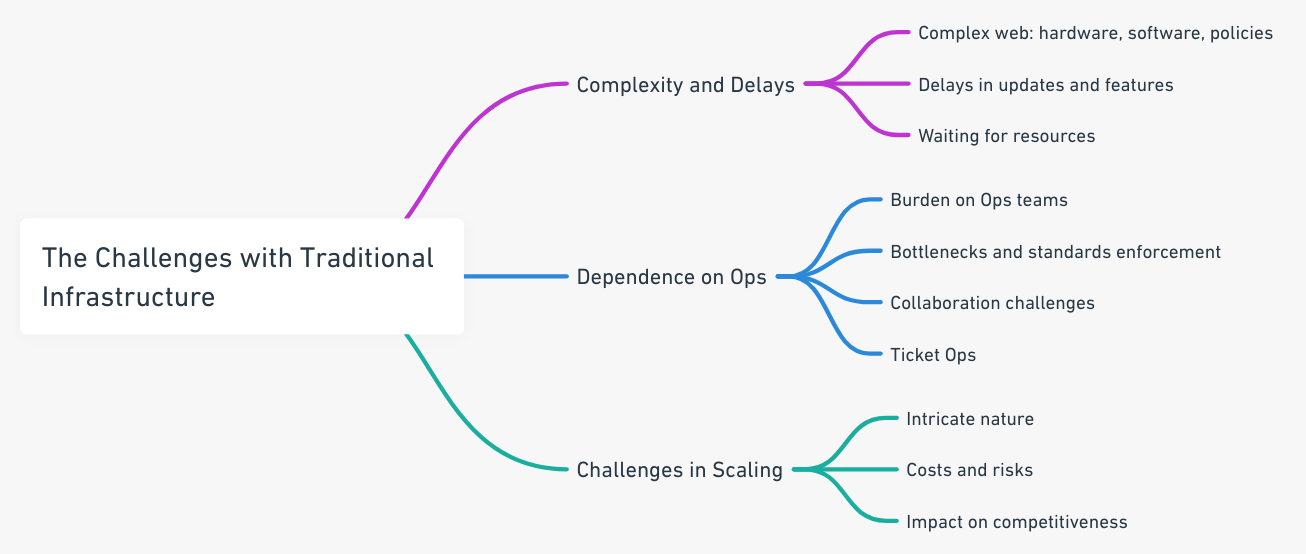 Even with the move to the cloud, retaining legacy approaches to infrastructure management can add to developer toil.
Even with the move to the cloud, retaining legacy approaches to infrastructure management can add to developer toil.
Cloud resources that are provisioned and managed solely by Ops teams instead of being self-service can lead to a few persistent pain points: over-dependence on Ops.
1. Complexity and Delays
Cloud environments with discrete tooling and processes still add delays to Dev workflows. Developers must wait for Ops to manually configure and update cloud servers, databases, networks, storage, and policies.
This slows down deployments, feature releases, and provisioning. It also hampers developer velocity and slows time-to-market.
2. Dependence on Ops
Dependence on Ops teams to handle infrastructure also leads to bottlenecks. Developers must get the cloud resources they need with self-service access and APIs.
Even worse, the lack of cloud automation reduces cross-functional collaboration between Dev and Ops, making the maintenance of security, compliance, and governance controls more difficult.
3. Challenges in Scaling
Apart from the dependence on Ops, managing discrete cloud components in unintegrated ways can increase costs and limit the scalability of your processes.
This disparity makes it hard to scale your products and infrastructure with rapidly changing business conditions.
If your organization is dealing with this, it might be time to think about a new way of doing things. By simplifying and using modern tools, you can make everything flow more smoothly, just like clearing the road so you can drive straight to your destination.
What is Self-Service Infrastructure, and How Does It Help?
 Self-service infrastructure puts infrastructure management directly into your developers’ hands. Instead of relying on Ops teams, developers can independently provision and manage infrastructure resources as required through pre-defined templates and Ops guardrails.
Self-service infrastructure puts infrastructure management directly into your developers’ hands. Instead of relying on Ops teams, developers can independently provision and manage infrastructure resources as required through pre-defined templates and Ops guardrails.
Self-service makes development more streamlined by eliminating bottlenecks
The self-service model enables greater efficiency, agility, and autonomy. Organizations can respond faster to changing market dynamics and customer needs. Infrastructure management becomes more straightforward and responsive when shifting from fragmented traditional systems to a more unified self-service approach.
And to help with this transition, platforms like Facets.Cloud, AWS Service Catalog, Google Cloud Deployment Manager, and Azure DevOps make adopting these new self-service processes easy.
Benefits of Self-Service Infrastructure
We want developers to be productive and efficient. And self-service infrastructure helps make that happen. Let’s take a look at the benefits of implementing self-service infra in your organization:
Organizational Autonomy and Efficiency
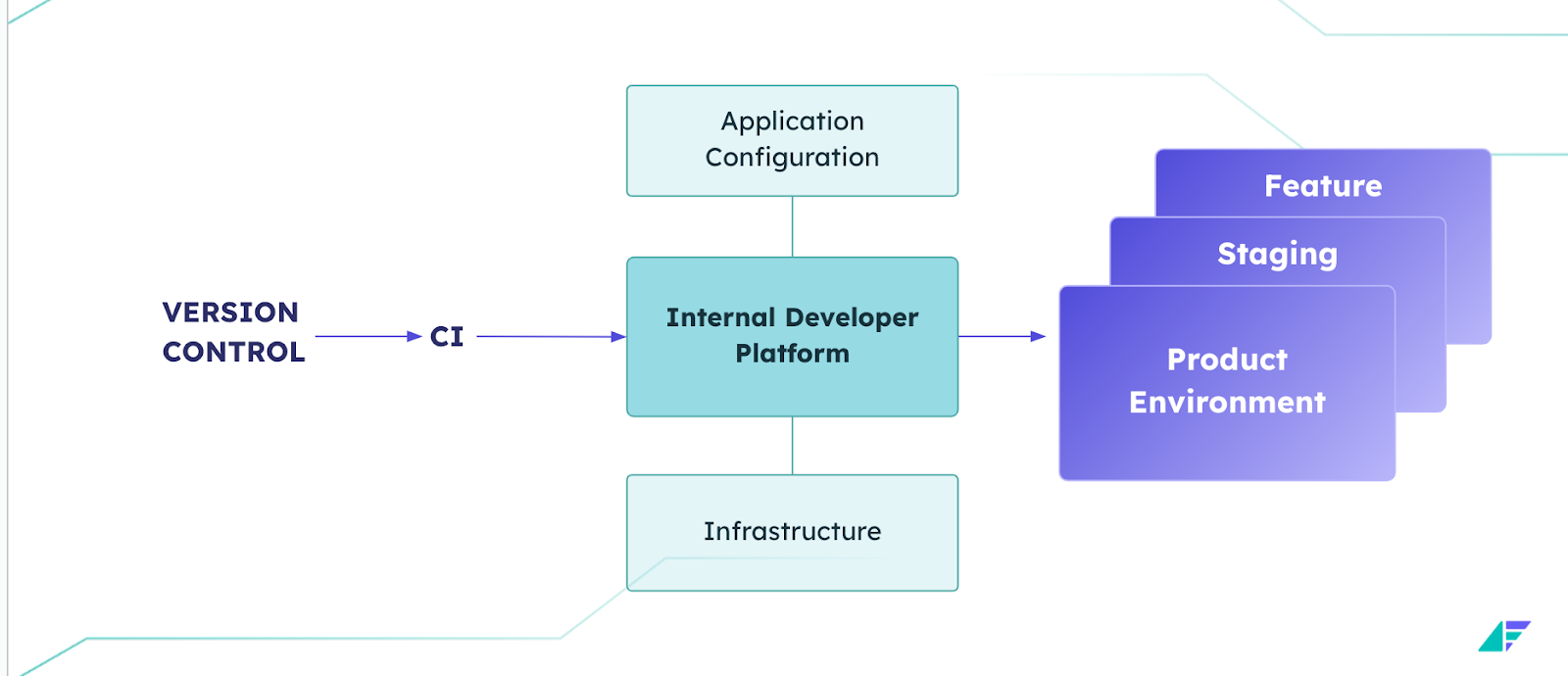
Self-service infrastructure platforms improve development team autonomy—no more waiting for resources. Dev teams can allocate or modify resources based on the preset conditions in the single source of truth (SSOT) platform. Knowledge sharing also improves, and critical information is not confined to a few individuals.
Cost Optimization and Technology Standardization
With self-service platforms like Facets, your cloud costs are optimized across the organization from Day 1. Standardizing the tech stack company-wide can help your organization avoid drift and confusion from redundant or unsupported technologies within different teams.
But there’s another benefit to company-wide adoption.
You extract more value from the tools using their enterprise licenses for company-wide use. Additionally, specific budgets for the agencies approved within your unified stack so you know exactly how much you will pay each month.
Enhanced Security and Control
Self-service solutions offer organizations multiple ways to boost security and maintain tight control. When you standardize the hardened templates across your organization, you ensure the infrastructure is secured — the approved tools and toolchains are tested to work well within the organizational tech setup with minimal modifications.
Vulnerabilities are mitigated by default since every approved image or tool has passed various security checks before deployment. As your systems become more standardized, you gain greater control over security and the tools used in the organization.
Enforcing Best Practices
Best practices are standardized policies that all teams within an organization must follow. With a shift to platform engineering, these best practices are built by-design instead of by-audit.
The platform team defines these best practices based on industry standards and internal governance.
They cover areas like:
- Infrastructure security - Mandating secure templates, authentication, encryption
- Resiliency - Replication, backup, disaster recovery
- Compliance - Adhering to regulations like HIPAA, PCI, GDPR
- Efficiency - Leveraging automation, infrastructure-as-code
- Cost optimization - Right-sizing, tagging, usage monitoring
- Operational excellence - Monitoring, alerting, documentation
Teams build better systems following proven guidelines. Knowledge is shared instead of siloed. Adherence ensures smooth operations and auditing.
Scalability and Reusability
Self-service infrastructure platforms streamline provisioning and management by making the infrastructure declarative and templating it for reusability. Solutions like Facets use a Blueprint-driven approach to capture the interdependencies between services, acting as a Single Source of Truth.
This allows developers to spend less time provisioning and managing resources. And because of the reusable nature of templates, any developer on the team can use them to manage resources as per their requirements.
This not only reduces the burden on the Ops teams but also has a positive impact on developer productivity. At Facets, we’ve observed an average 20% boost in productivity. This means fewer developers can do the same work more efficiently or maybe take up even more work.
Top 3 Best Self-Service Infrastructure Management Platforms 2023
But these are all concepts — let’s look at some of the best tools that you can use to implement self-service infrastructure in your organization.
1. Facets
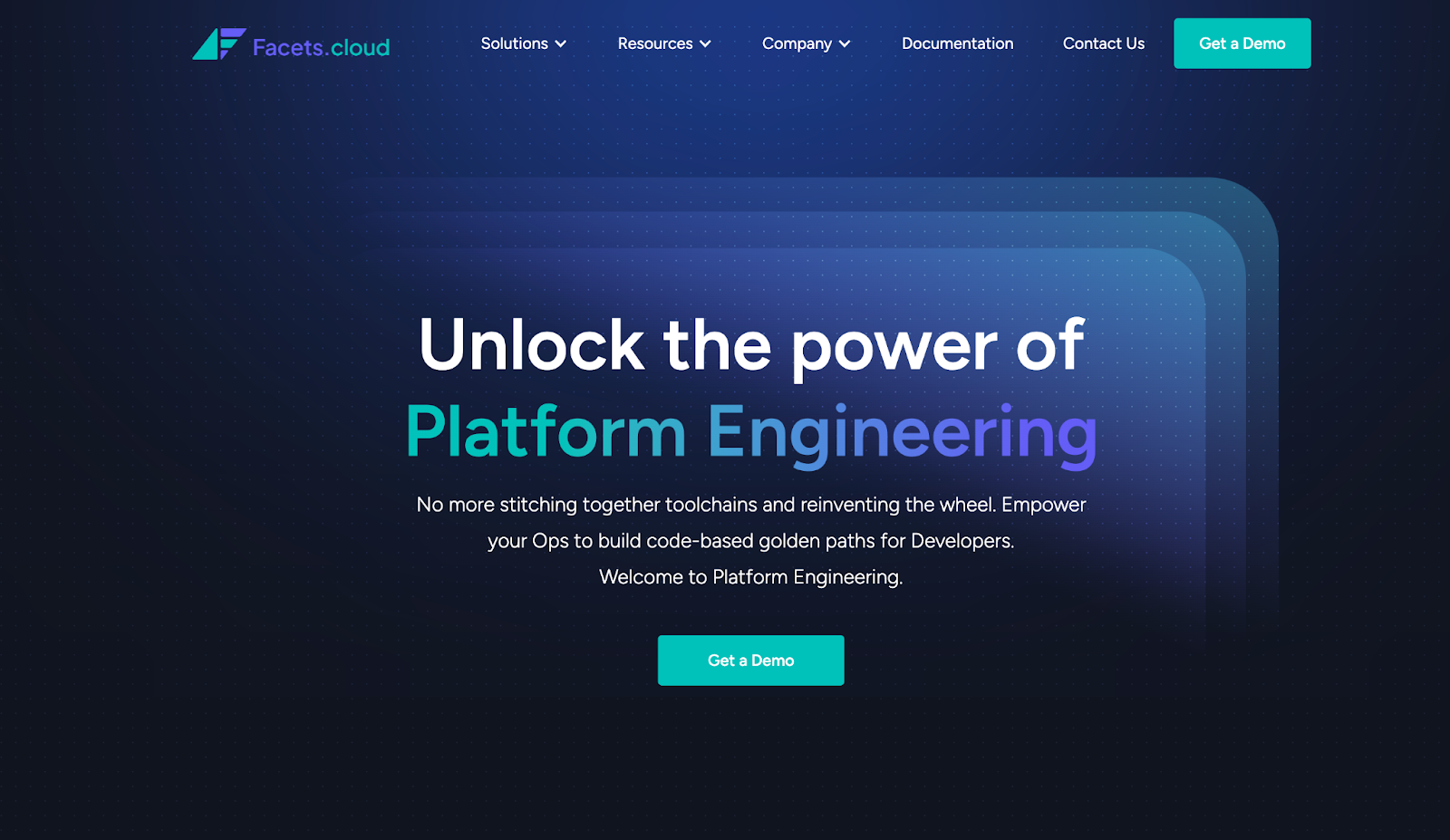
Facets is a self-serve infrastructure management platform built on the philosophy of platform engineering principles. It integrates 32 categories of toolchains—helping you automate Ops and enable developers to self-serve their deployment needs. It enables developers to allocate resources, modify configurations, and more based on predefined rules and Ops guardrails.
Key Benefits
- A single pane of glass for developers and Ops teams to collaborate efficiently
- Automates provisioning and other manual tasks to speed up processes
- Provides architecture visualization for complete visibility into services
- Baked-in observability and security principles
- Standardizes workflows for consistency across teams
- Designed to be extensible and reusable
- Works with all major cloud providers - AWS, Google Cloud and Microsoft Azure.
Impact
- Increases developer productivity by 20%
- Reduces cloud costs by 28%
- Frees up 80% of Ops time from grunt work
2. AWS Service Catalog Overview
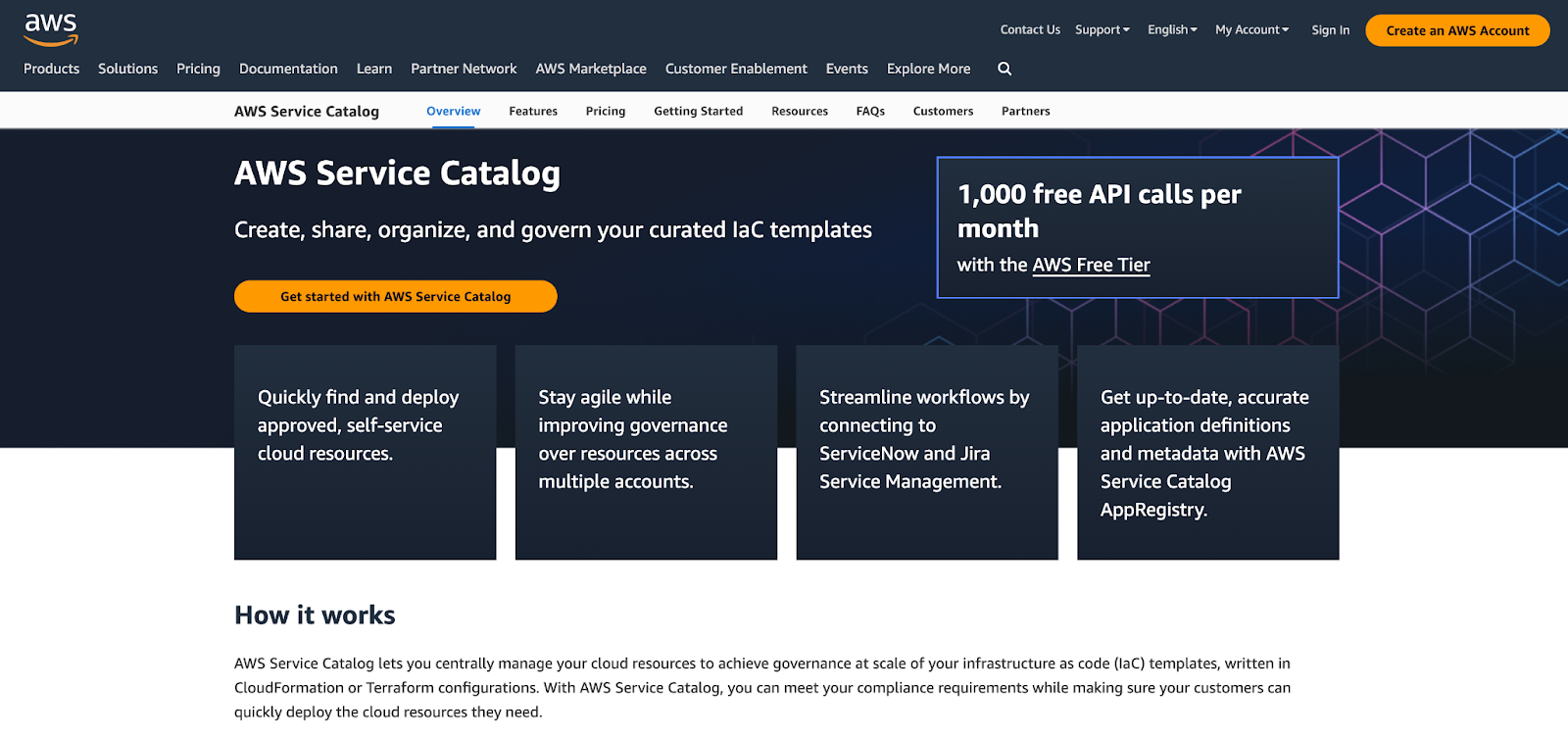
AWS Service catalog
AWS Service Catalog is an Amazon Web Services (AWS) cloud management and governance service for creating, sharing, organizing, and governing curated Infrastructure as Code (IaC) templates.
It allows centralized management of cloud resources to achieve governance at scale for IaC templates written in CloudFormation or Terraform. It also helps meet compliance requirements while ensuring quick deployment of necessary cloud resources.
Key Features
- Enables quick deployment of approved, self-service cloud resources, improving agility and governance across multiple accounts.
- Integrates with ServiceNow and Jira Service Management to streamline workflows.
- Provides automated access to SageMaker machine learning notebooks to speed innovation.
- Allows scaling and controlling permissions for resource access in multi-account AWS environments.
- Deploys baseline networking and security tools for new AWS accounts to ensure consistent governance.
- Builds and governs scalable, automated CI/CD solutions to track all AWS application resources.
Use Cases
- Automating access to machine learning notebooks
- Applying access controls across accounts
- Provisioning resources for new AWS accounts
- Accelerating CI/CD pipelines
3. Google Cloud Deployment Manager
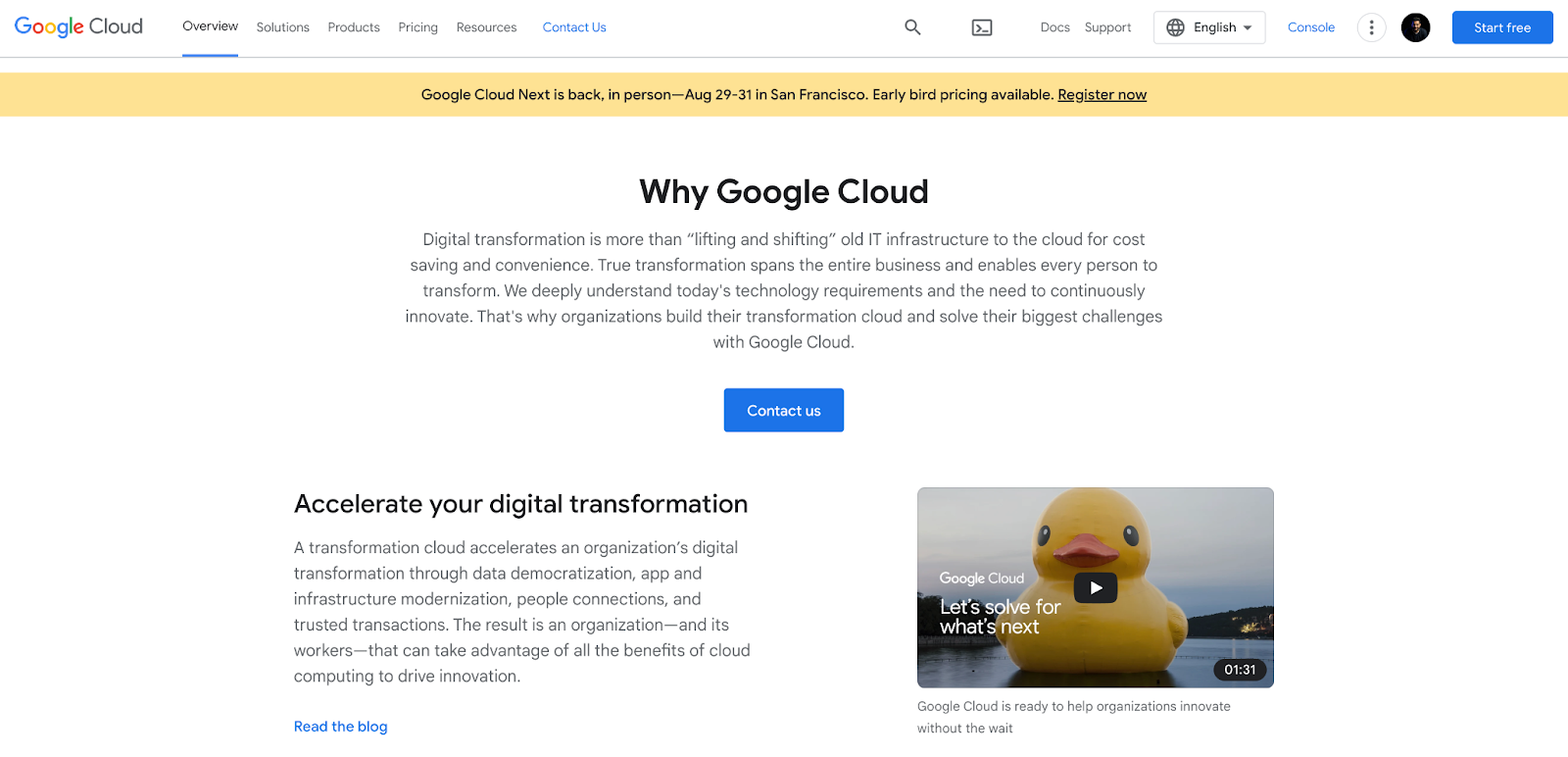
Google Cloud Deployment Manager
Google Cloud Deployment Manager is an infrastructure deployment service that automates creating and managing Google Cloud resources.
Key Features
- Automated creation and management of Google Cloud resources
- Flexible templates and configurations for customized deployments
- Integration with Google Cloud services like Cloud Storage, Compute Engine, Cloud SQL
- Reusable templates for efficiency and consistency
- Training and tutorials for learning Deployment Manager
Use Cases
- Deploying clusters on Compute Engine
- Migrating web apps and databases to Google Cloud
- Following best practices for startups using Google Cloud
Considering Self-Service Infrastructure for Your Organization?
When time-to-market is everything, self-service is no longer a luxury but a necessity. You want your developers to do their best work with no bottlenecks. Like ordering from a menu, the proper infrastructure should be available on demand.
Self-service empowers developers to independently provision and manage resources, reducing delays and fostering innovation."
Facets is a unified interface for developers and operations among the leading platforms. Facets helps visualize your infrastructure, automate environment provisioning, standardized workflow and simplify platform engineering for complex cloud environments.
The future of infrastructure management is here. It's time to unlock the power of your developers and embrace the change.
Book a demo with Facets and take the next step towards streamlining your organization.